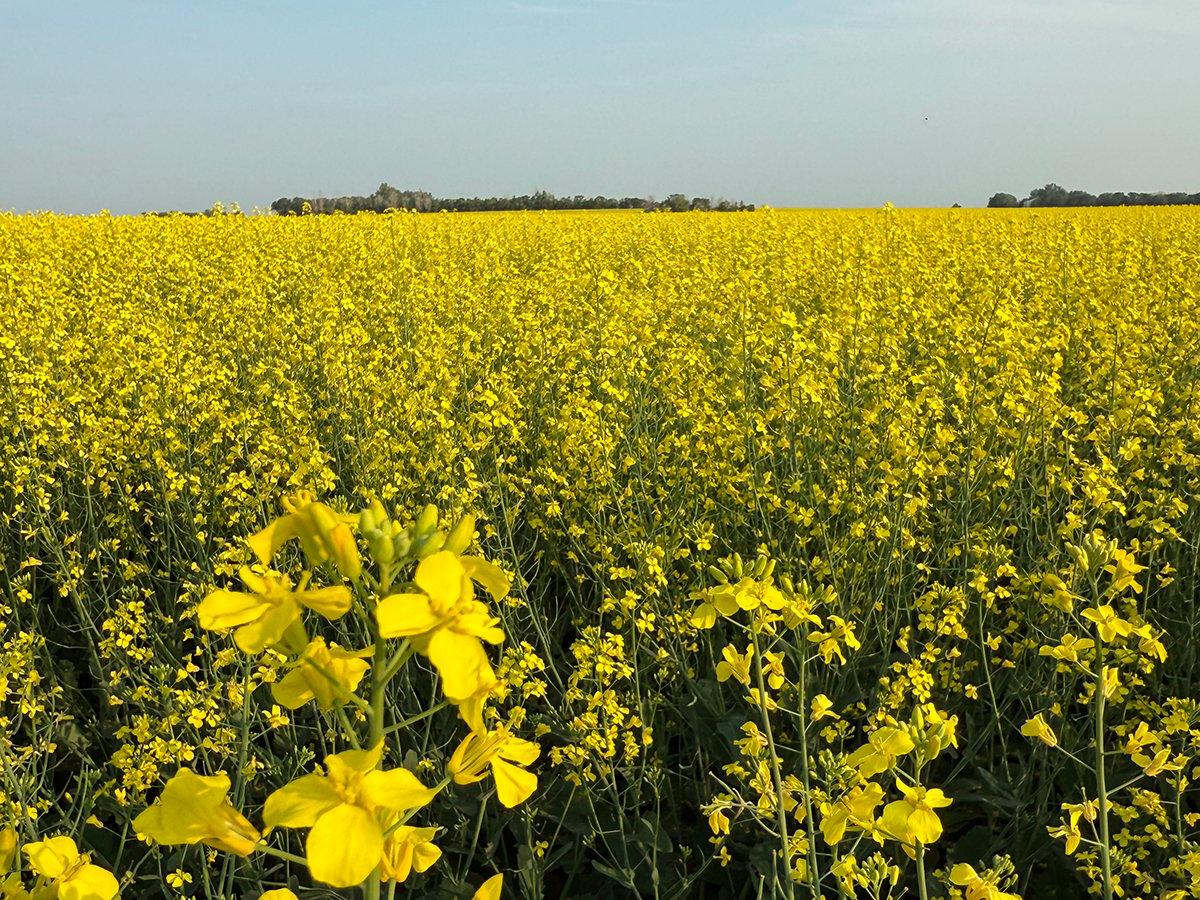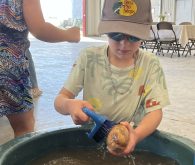Roundup Ready soybeans
Monsanto’s new Roundup Ready soybean variety has been approved in the United States and Canada.
However, while the U.S. Department of Agriculture, Health Canada and the Canadian Food Inspection Agency have completed the final step in each country’s regulatory process, Monsanto does not intend to commercialize the product until key soybean importing countries with functioning regulatory systems have granted import approvals.
The company anticipates a commercial launch before the end of the decade. Monsanto says the new variety is glyphosate resistant and offers an improved yield.
Read Also

Canola support gets mixed response
A series of canola industry support measures announced by the federal government are being met with mixed reviews.
New Thomson CEO
Paul Kowdrysh is Thomson Meats’ new chief executive officer.
He has 20 years of experience developing and leading companies in Asia and North America.
His responsibilities at the Melfort, Sask., company include increasing the client base for its toll processing centre and expanding the province’s value-added meat industry.
The centre was established at Thomson Meats as part of the provincial government’s $3.3 million meat processing strategy, which was announced in 2005.
Clients enter into a contract with the centre to have their products processed for a charge. Clients can provide the raw product to the centre if it comes from a federally registered facility, or the centre can procure it on their behalf.
Hereford executive
The Canadian Hereford Association elected a new executive at its annual general meeting held recently in
Truro, N.S.
Victor Oulton of Windsor, N.S., was elected president and Wally Pugh of Orangeville, Ont., was elected vice-president.
As well, Randy Radau of Bowden, Alta., will head the pedigree committee, Chad Nicholas of Milestone, Sask., will lead the Hereford breed improvement committee, Pugh will chair the marketing committee and Garth Charlton of Weyburn, Sask., will lead the show committee.
New directors include Andy Schuepbach of Claresholm, Alta., and Harvey Duke of Regina. Outgoing directors include Steve Upham of Spedden, Alta., and past-president Duncan Lees of Arcola, Sask.
Strawberry harvest
British Columbia’s 2007 processing strawberry harvest is now complete and the crop is nine percent larger than last year, according to the B.C. Vegetable Marketing Commission.
The 975 tonne crop reverses the multi-year trend of successive volume
declines.
As well, the commission has established a processing crop advisory group to look at research project funding applications and other initiatives that could assist the province’s processing vegetable sector. Financial resources to conduct research are available through the Processing Vegetable Development Fund.
CGC wants samples
The Canadian Grain Commission is once again conducting its harvest sample program, which asks western Canadian grain producers to submit harvest samples from the 2006-07 crop year.
Since it was first conducted in 1927, the program has grown to include a wide range of analytical tests to determine the quality of western Canadian grain.
The results of how current crops will perform when processed are shared with international millers, bakers, brewers and food manufacturers.
In 1927, the commission collected 2,759 harvest samples from primary elevators. This year, it mailed more than 26,000 harvest sample kits to producers and expects to receive more than 13,000 samples.
In exchange for their harvest samples, the commission provides producers with an unofficial grade and analytical test results for each sample, free of charge. As well, producers who have signed up since 2004 automatically receive harvest sample kits.
For more information, visit www.grainscanada.gc.ca, e-mail harvestsurvey@grainscanada.gc.ca or telephone 888-324-2248 or 204-983-2978.
Results for wheat and oilseeds samples are available four weeks after the samples are received. Results from pulse samples are available within six to eight weeks.














